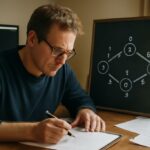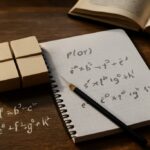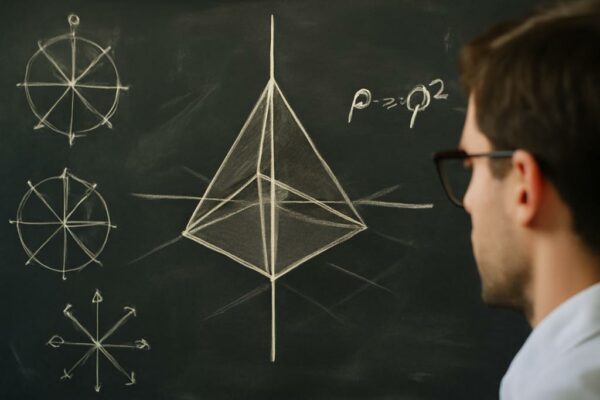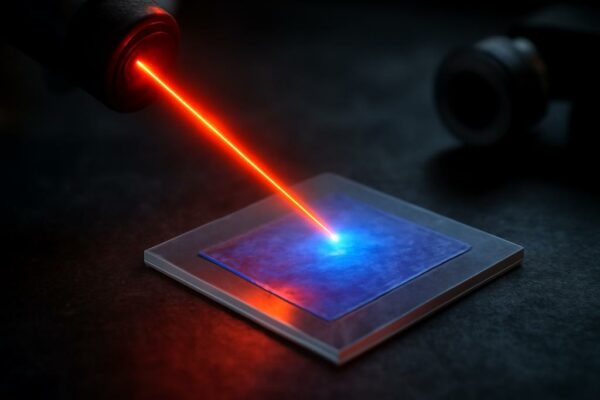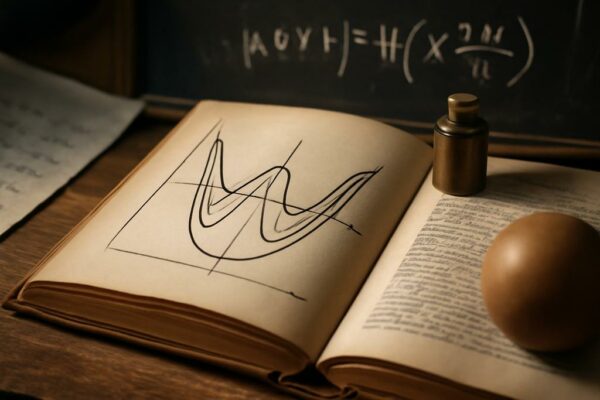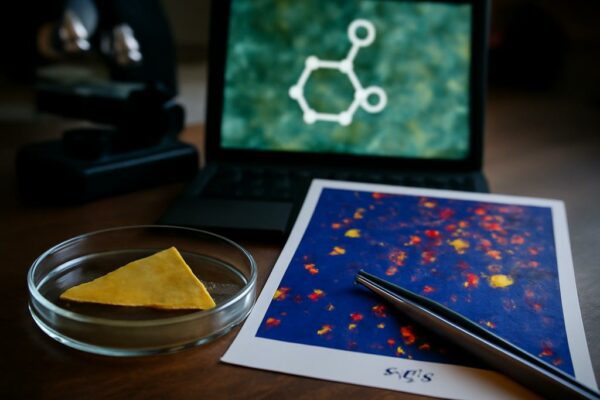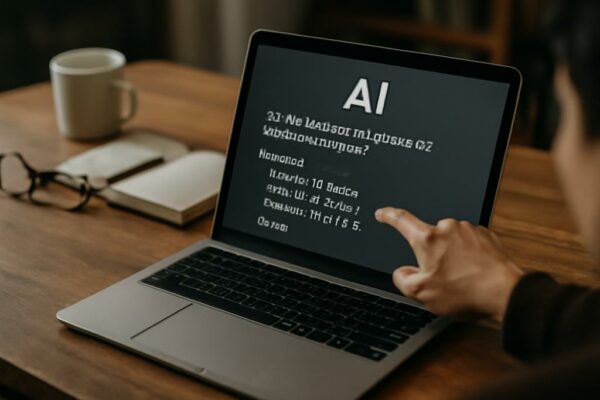
Charm Quarks Rewrite the Rules of Hadronization at the LHC
The Large Hadron Collider never runs out of surprises, and this time the surprise wears a tiny, fast-moving cloak: charm quarks. These are heavy enough to be born in the initial hammer blows of a proton–proton collision, and light enough to be cradled into ordinary hadrons within the blink of a detector’s eye. In the…
